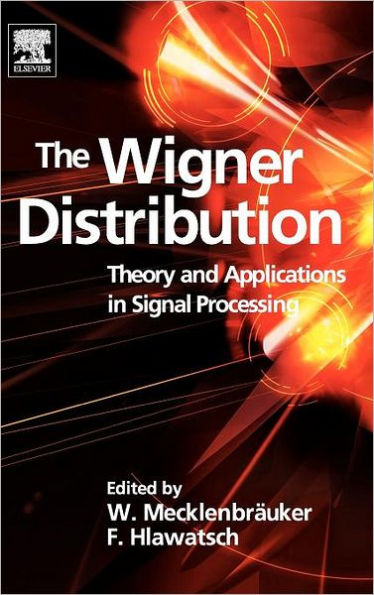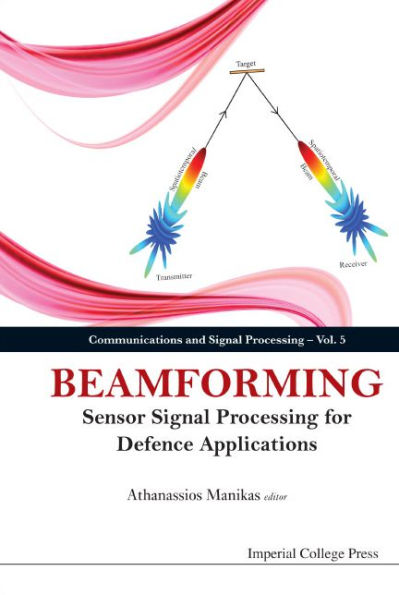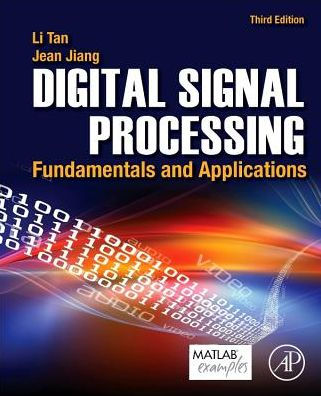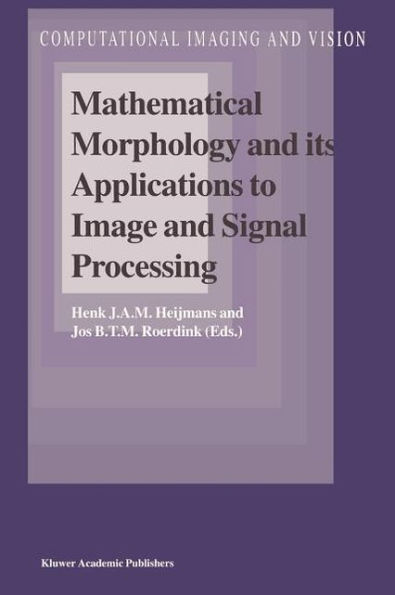Home
The Wigner Distribution: Theory and Applications in Signal Processing
Barnes and Noble
Loading Inventory...
The Wigner Distribution: Theory and Applications in Signal Processing in Franklin, TN
Current price: $350.00

Barnes and Noble
The Wigner Distribution: Theory and Applications in Signal Processing in Franklin, TN
Current price: $350.00
Loading Inventory...
Size: OS
In the last two decades, the field of time-frequency analysis has evolved into a widely recognized and applied discipline of signal processing. Besides linear time-frequency representations such as the short-time Fourier transform, the Gabor transform, and the wavelet transform, an important contribution to this development has undoubtedly been the
Wigner distribution
(WD) which holds an exceptional position within the field of bilinear/quadratic time-frequency representations.
The WD was first defined in quantum mechanics as early as 1932 by the later Nobel laureate E. Wigner. In 1948, J. Ville introduced this concept in signal analysis. Based on investigations of its mathematical structure and properties by N.G. de Bruijn in 1967, the WD was brought to the attention of a larger signal processing community in 1980. The WD was soon recognized to be important for two reasons: firstly, it provides a powerful theoretical basis for quadratic time-frequency analysis; secondly, its discrete-time form (supplemented by suitable windowing and smoothing) is an eminently practical signal analysis tool.
The seven chapters of this book cover a wide range of different aspects of the WD and other linear time-frequency distributions: properties such as positivity, spread, and interference term geometry; signal synthesis methods and their application to signal design, time-frequency filtering, and signal separation; WD based analysis of nonstationary random processes; singular value decompositions and their application to WD based detection and classification; and optical applications of the WD. The size of the chapters has been chosen such that an in-depth treatment of the various topics is achieved.
Wigner distribution
(WD) which holds an exceptional position within the field of bilinear/quadratic time-frequency representations.
The WD was first defined in quantum mechanics as early as 1932 by the later Nobel laureate E. Wigner. In 1948, J. Ville introduced this concept in signal analysis. Based on investigations of its mathematical structure and properties by N.G. de Bruijn in 1967, the WD was brought to the attention of a larger signal processing community in 1980. The WD was soon recognized to be important for two reasons: firstly, it provides a powerful theoretical basis for quadratic time-frequency analysis; secondly, its discrete-time form (supplemented by suitable windowing and smoothing) is an eminently practical signal analysis tool.
The seven chapters of this book cover a wide range of different aspects of the WD and other linear time-frequency distributions: properties such as positivity, spread, and interference term geometry; signal synthesis methods and their application to signal design, time-frequency filtering, and signal separation; WD based analysis of nonstationary random processes; singular value decompositions and their application to WD based detection and classification; and optical applications of the WD. The size of the chapters has been chosen such that an in-depth treatment of the various topics is achieved.
In the last two decades, the field of time-frequency analysis has evolved into a widely recognized and applied discipline of signal processing. Besides linear time-frequency representations such as the short-time Fourier transform, the Gabor transform, and the wavelet transform, an important contribution to this development has undoubtedly been the
Wigner distribution
(WD) which holds an exceptional position within the field of bilinear/quadratic time-frequency representations.
The WD was first defined in quantum mechanics as early as 1932 by the later Nobel laureate E. Wigner. In 1948, J. Ville introduced this concept in signal analysis. Based on investigations of its mathematical structure and properties by N.G. de Bruijn in 1967, the WD was brought to the attention of a larger signal processing community in 1980. The WD was soon recognized to be important for two reasons: firstly, it provides a powerful theoretical basis for quadratic time-frequency analysis; secondly, its discrete-time form (supplemented by suitable windowing and smoothing) is an eminently practical signal analysis tool.
The seven chapters of this book cover a wide range of different aspects of the WD and other linear time-frequency distributions: properties such as positivity, spread, and interference term geometry; signal synthesis methods and their application to signal design, time-frequency filtering, and signal separation; WD based analysis of nonstationary random processes; singular value decompositions and their application to WD based detection and classification; and optical applications of the WD. The size of the chapters has been chosen such that an in-depth treatment of the various topics is achieved.
Wigner distribution
(WD) which holds an exceptional position within the field of bilinear/quadratic time-frequency representations.
The WD was first defined in quantum mechanics as early as 1932 by the later Nobel laureate E. Wigner. In 1948, J. Ville introduced this concept in signal analysis. Based on investigations of its mathematical structure and properties by N.G. de Bruijn in 1967, the WD was brought to the attention of a larger signal processing community in 1980. The WD was soon recognized to be important for two reasons: firstly, it provides a powerful theoretical basis for quadratic time-frequency analysis; secondly, its discrete-time form (supplemented by suitable windowing and smoothing) is an eminently practical signal analysis tool.
The seven chapters of this book cover a wide range of different aspects of the WD and other linear time-frequency distributions: properties such as positivity, spread, and interference term geometry; signal synthesis methods and their application to signal design, time-frequency filtering, and signal separation; WD based analysis of nonstationary random processes; singular value decompositions and their application to WD based detection and classification; and optical applications of the WD. The size of the chapters has been chosen such that an in-depth treatment of the various topics is achieved.

















